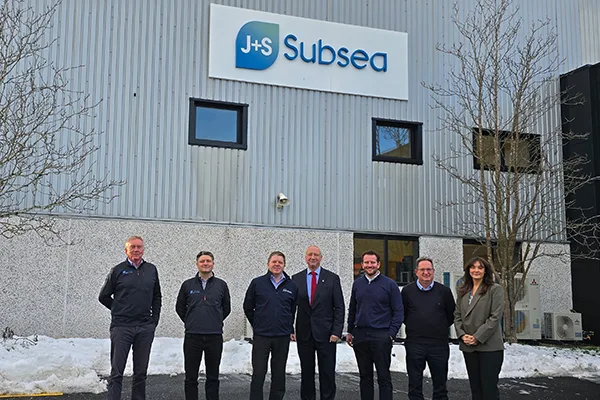Environmental due diligence will identify gaps in environmental regulatory compliance and poor operational practices that are potentially harmful to people and the planet, and negatively impact on the reputation of a business.
What is an environmental due diligence exercise?
Environmental due diligence is an evolving discipline but always starts with identifying the baseline environmental obligations that a company should adhere to legally, and as a matter of best practice. Our team of environmental consultants and engineers will then perform a deep-dive analysis of the company’s reporting standards, emissions footprint and on-site operational procedures to identify deficiencies and advise on remedial measures.
This will typically involve:
- A review of a company’s historic reports, such as site safety and fire reports
- Checks with public bodies to identify past breaches of regulations or major environmental incidences, such as chemical spills
- Site surveys to investigate operations and procedures, such as wastewater systems and other waste disposal
- Referencing calls with employees, former employees and industry experts to confirm potential environmental concerns
- Carbon footprint analysis to determine Scope 1, 2 and 3 emissions associated with the business
- Analysis of desk-top and on-site studies leading to conclusions and recommendations to inform an investment committee of the environmental risk associated with the business
Who should conduct an EDD exercise?
The best time to conduct an EDD exercise is by the management or owners of a business ahead of a capital event, such as a company sale or refinancing, so that issues are identified and corrected ahead of third-party investigations. However, prospective new investors typically carry out this work before capital is committed to a business.
When has Calash done this?
- Offshore Waste Management. Calash was tasked with performing EDD on a business that provides offshore waste removal solutions to the oil and gas industry. The exercise was performed alongside Calash-led commercial due diligence and involved a detailed review of the target business’ operations and site safety procedures.
- Chemicals Manufacturing. Calash was tasked with undertaking a detailed environmental review of the facilities and operations of a UK-based chemicals manufacturer. This involved site-surveys to discover historic and current contamination on the properties and adjacent land, an investigation into possible future sources of contamination, a review of the environmental safety procedures associated with the manufacturing process, a review of current and required permits and consents, identification of third-party waste removal contractors and their suitability for this role, and a comprehensive series of interview with staff and a review of documentation to identity issues.
- Spill Containment and Spill Products. This business was operating in hazardous environments and represented high environmental risk from an investment standpoint. Calash performed four separate on-site assessments of the company’s four facilities across the UK and continental Europe, focusing on identifying present and past spillage and contamination due to the incorrect storage and handling of hazardous materials and fuels. These hands-on investigations were complemented with desk-top analysis of the company’s reported accidents and historic material handling procedures, a review of its permits and consenting, and an assessment of its land and the adjacent properties to determine the risk of future contamination. This was brought together in conclusions around further investigations to clarify specific environmental issues, improvements in housekeeping, monitoring and record keeping.
What do you do next?
Reach out to one of the Calash team below, and we can arrange a confidential discussion on your business needs and where we can provide the most appropriate support. We always tailor our advice and consulting solutions to our clients and seek to integrate them into your existing business development resources at whatever level of depth is preferred. It may be that a more hands-off, market-referencing led exercise is what is needed, or perhaps a broader scope project that leaves no stone unturned.
It all starts with a conversation to understand your objectives.


Director Director
i.gallow@calash.com m.oneill@ep-ltd.co.uk



